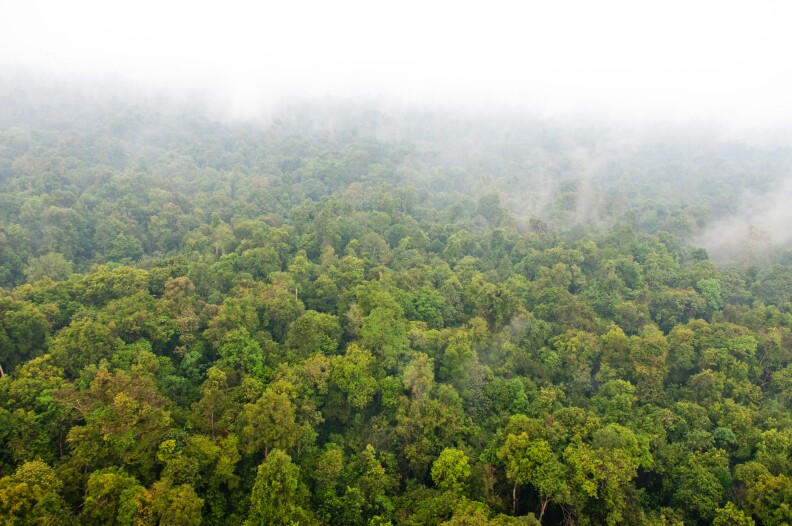You may remember that just a few weeks ago, legislation was passed to extend California's cap-and-trade program.
Cap-and-trade creates a marketplace where companies can buy and sell permits to release carbon emissions into the atmosphere.
But here's a small part you may not have heard too much about that could affect forests all over the country.
Christa Anderson is the lead researcher of a new study that indicates positive news for California's carbon offset program.
And in case you need a refresher on what exactly the carbon offset program is, Anderson has you covered:
"It's a part of the cap-and-trade market. In the market, emitters can either reduce their own emissions or they can buy offsets from others who have reduced their emissions. What we study in particular are forest offsets. So in that case, forest owners agree to reduce their forest emissions by changing their forest management practices so that they'll store more carbon in their trees and when they do that they earn forest offset credits that they can sell to emitters in the cap-and-trade market."
This can mean that instead of sticking to a schedule that often harvests a standing forest for timber, they'll do so less frequently, therefore storing more carbon in the trees.
The carbon offset program is built into cap-and-trade and has been surrounded by opposition since it was first introduced. But Anderson's new study has some good news for the small program.
To hear the full segment, click the blue play button above.



